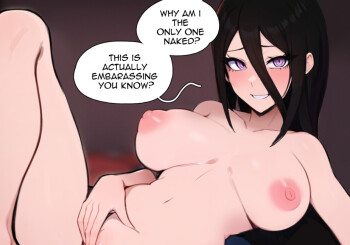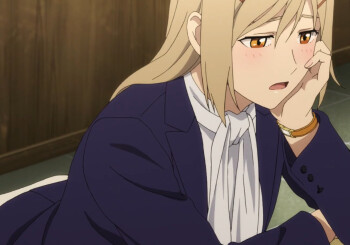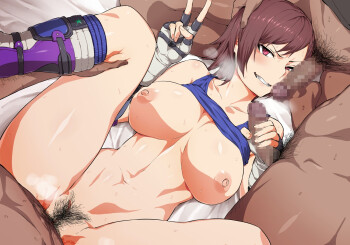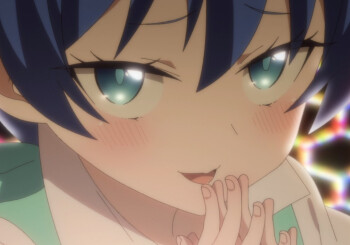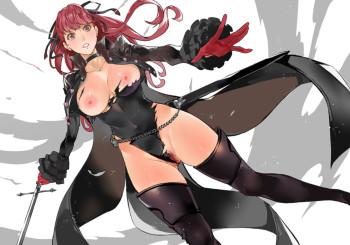
Japan is a naturally volcanic place. As such, it was easy for the people of Japan to harness this natural heat for leisurely purposes, such as the onsen, or hot spring. Mixed bathing became common, both men and women would relax in an onsen, some completely naked, others covering themselves. It wasn't until the Meiji Restoration around 1868 that these places were banned, that men and women could no longer bathe together. Sex segregation was strictly enforced at sentō-type, or communal-type, baths. Despite that, however, people today still partake of konyoku mixed bathing.
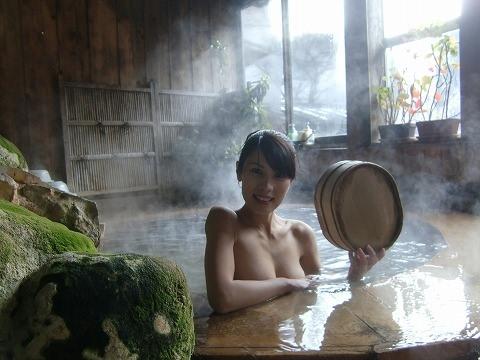 Historically, an onsen is used during purifying rituals in the Japanese religion Shinto and at the same time a source of enjoyment for emperors and other nobles. Other folklores claimed that people would gather around an onsen to hunt wild animals which will generally come to drink hot spring water, which would allow them to absorb the minerals in the water.
Historically, an onsen is used during purifying rituals in the Japanese religion Shinto and at the same time a source of enjoyment for emperors and other nobles. Other folklores claimed that people would gather around an onsen to hunt wild animals which will generally come to drink hot spring water, which would allow them to absorb the minerals in the water.
In rural areas where tradition is on display, like stepping back in time, onsen catering to mixed bathing are available. Today, women are strongly encouraged to use a towel while they bathe, while more often than not, guys roam in the buff. As is seen in doujins, these towels react well with water, and get slightly transparent. The female form can be seen pretty clearly. It is a place of theraputic healing and community. Sadly, those days seem to be coming to a close.
Though onsen are as popular as ever, mixed bathing itself is harder and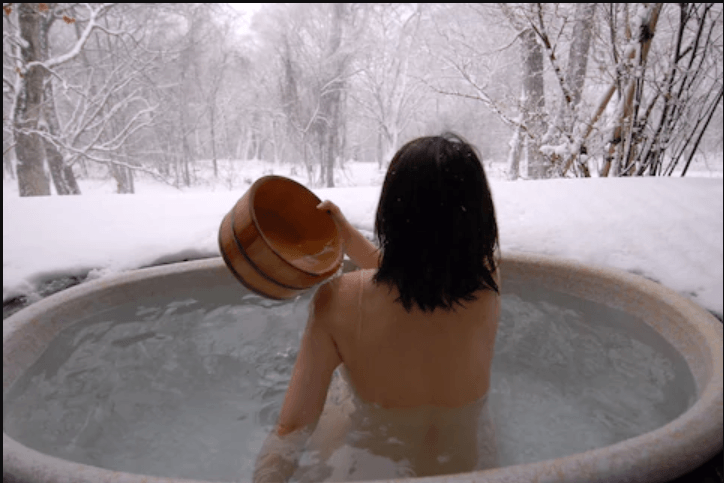 harder to find. The Kanto region has around seven, and the largest open-air mixed bathing spa is in the Shimane Prefecture. However, recent changes and new policies threaten the existence of mixed bathing. As seen in the Fudo no Yu, a public onsen in the Tochigi Prefecture had been drawing some people who were more interested in getting dirty than getting clean. People would get frisky, and even film themselves. It was temporarily closed before being reopened with new rules. Previously it was entirely unmonitored, but that changed too.
harder to find. The Kanto region has around seven, and the largest open-air mixed bathing spa is in the Shimane Prefecture. However, recent changes and new policies threaten the existence of mixed bathing. As seen in the Fudo no Yu, a public onsen in the Tochigi Prefecture had been drawing some people who were more interested in getting dirty than getting clean. People would get frisky, and even film themselves. It was temporarily closed before being reopened with new rules. Previously it was entirely unmonitored, but that changed too.
As well, people would get told off for covering themselves while bathing in the past, but now, a towel or special bathing suit is required. Lewd acts are likely not the only reason for the dwindling number of konyoku onsen in Japan, but it certainly doesn't help things.
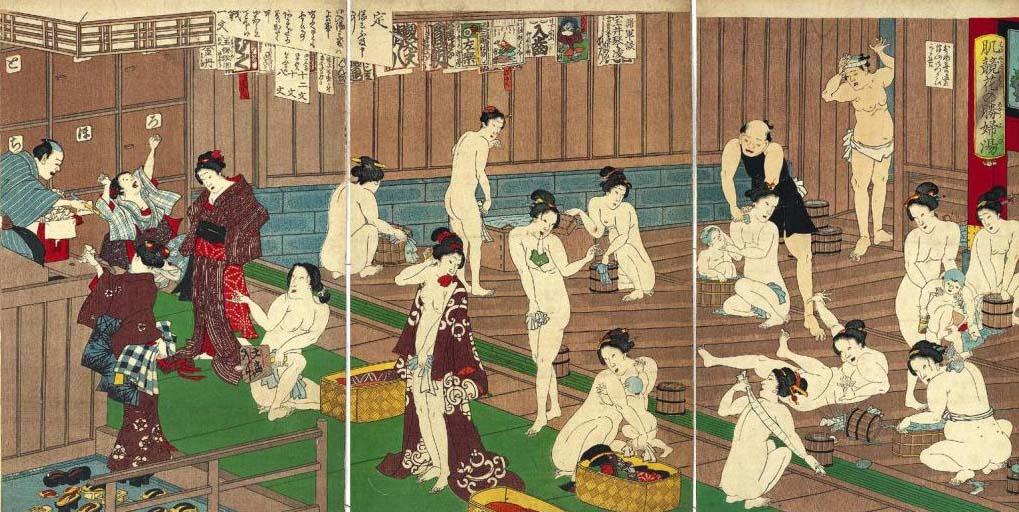
All good things must come to an end, perhaps even this. So, if you have the means, I would highly suggest trying out a konyoku onsen. There's still plenty around in the rural areas of Japan. If you're planning to visit one, or already have, be sure to let us know in the comments below.


